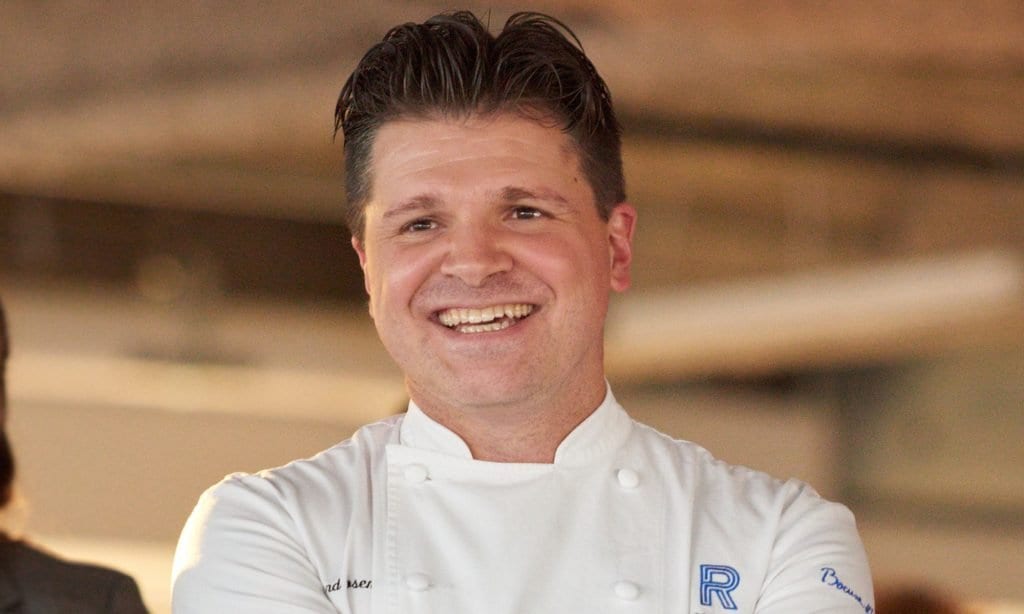Operator Corner: Chef John McCarthy
The Renaissance Man Chef John McCarthy is the living embodiment of a renaissance man. His professional career includes the roles of lawyer, chef, consultant, and artist. John McCarthy began his professional life as a lawyer, only to realize his true passion. He decided to attend the French Culinary Institute. Upon graduating from FCI (top of […]
Operator Corner: Chef John McCarthy Read More »










